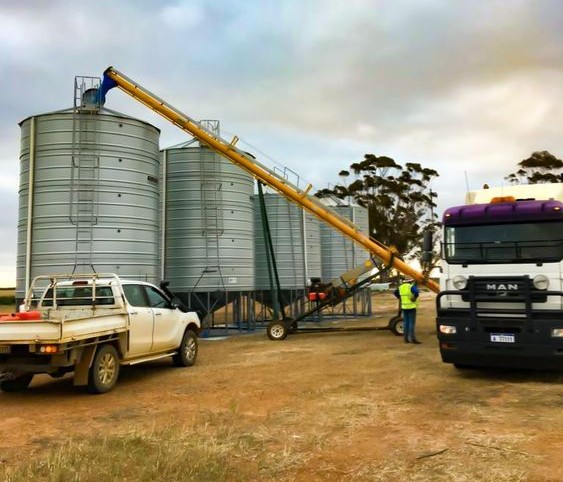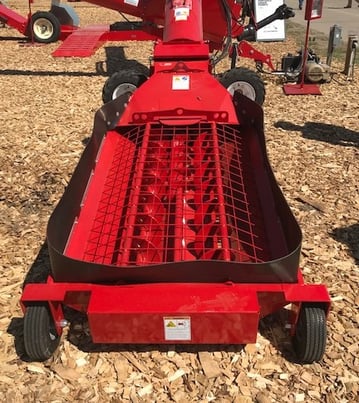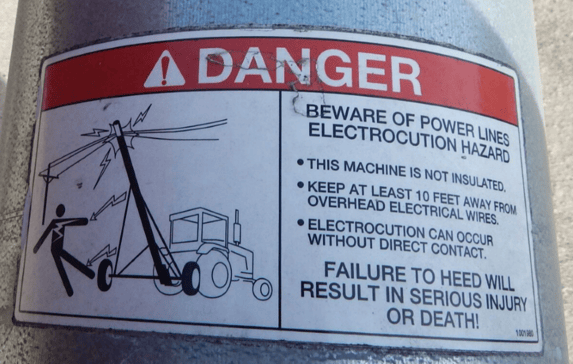Grain augers are a very common piece of equipment on farms and other agricultural businesses, but per hour of use, they're also one of the most dangerous pieces of machinery. Since they are so common, it's easy to become a little too comfortable operating them. Injuries received from augers can include electrocution or amputations, broken bones, and lacerations due to entanglement. With harvest season bringing an increased usage of augers, it's important to make sure you're observing the best safety practices.

Training and safety operational policies around grain augers can set you up to prevent injuries in and around grain augers. Use the following best practices for safe operation of grain augers.
Establish A Safe Work Zone
Other than the operator, there shouldn't be anyone in the work zone of an active auger. There are multiple potential hazards including loud noise, moving parts, and possible trip hazards. Establish a work zone to limit the number of people and distractions while working in the area. Use signage and barriers (e.g., saw horses, bales, cones, twine) to keep people out of this dangerous area. This includes family and visitors! Everyone should remain at a safe distance until equipment has been shut off, and is not in operation. Children under 18 should not operate an auger.

Shields and Guards
Protective shields or guards are necessary in auger safety. There need to be guards around power take-off (PTO) shafts/drive mechanisms, and exposed flighting should have the intake screen as a shield, as shown in the image above. The intake screen is an important feature that allows grain to flow through, but keeps hands and feet out. Regularly inspect all shields to make sure they're in good condition, and not damaged or absent. Guards should be strong and secure, and not deformed in any way.
Entanglements
To prevent entanglements, workers should not wear loose or tattered clothing, clothing with draw strings, straps, jewelry and long, untied hair. In accidents involving power take-off entanglements, shielding is either absent or damaged in 70% of the of the cases, which further proves the importance of inspecting your guards. Make it very clear to employees and others, it's NEVER okay for someone to step over a running PTO shaft. Contact with or entanglement in the exposed flighting at the intake end of the auger’s shaft often results in amputations.

Electrocutions
Electrocution is a result of moving a raised auger and accidentally hitting overhead power lines. Train your employees to always lower grain augers to the horizontal or transport position. Before moving the auger to the next location, take note of any power lines and their location. Double check for power lines before raising the auger. We may think that moving a raised auger saves time, but in the process, you expose your employee to potential harmful consequences, like upending and electrocution.
Changing Behavior
Many agricultural workers are aware of some of the safety risks associated with grain augers. Train employees to adequately recognize the degree of risk and to choose behaviors that minimize potential injuries.

